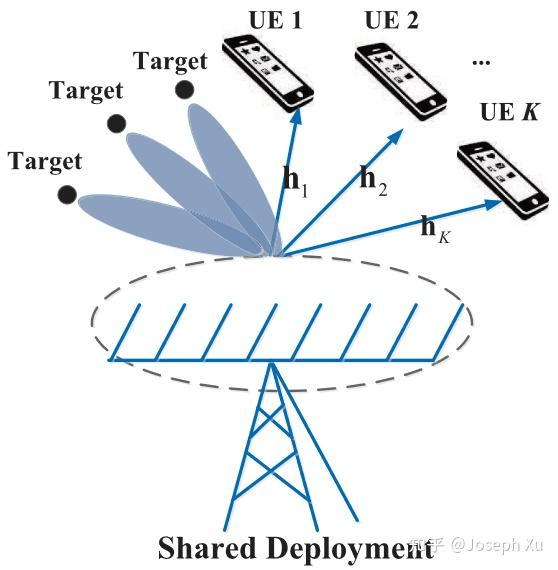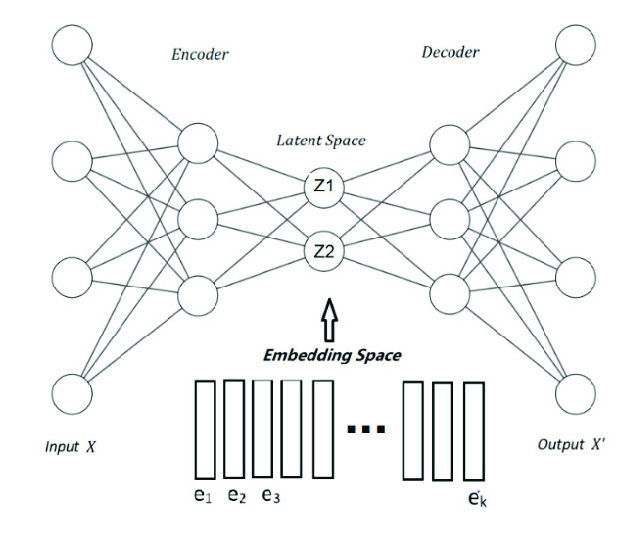Machine Learning for Beam-Space Traffic Pattern Analysis
Overview
This project applied deep generative modeling to analyze beam-space traffic patterns in next-generation cellular networks. I implemented a Vector-Quantized Variational Autoencoder (VQ-VAE) to learn compact and interpretable representations of high-dimensional traffic distributions, enabling both accurate reconstruction and generation of prototypical traffic patterns for downstream prediction and scheduling tasks.
Experimental Setup
Large-scale cellular network datasets containing traffic measurements across multiple beams and time intervals were used. I developed end-to-end preprocessing pipelines including feature engineering, normalization, and PyTorch-based data loaders, ensuring reproducibility and controlled train/test splits for model evaluation.

Methods
The VQ-VAE framework was adapted for beam-space data: the encoder mapped traffic maps into latent vectors, discretized via a learned codebook, while the decoder reconstructed the original input. I refined network architecture, tuned hyperparameters such as codebook size and learning rate, and stabilized training. Learned embeddings were analyzed with clustering and quantization metrics to identify prototypical traffic modes. I also surveyed spatio-temporal architectures, including Transformers and Graph Neural Networks, for potential integration with VQ-VAE embeddings.

My Contributions
- Developed end-to-end ML pipelines for large-scale cellular datasets, including feature engineering, normalization, and PyTorch-based data loaders for reproducible model training and evaluation.
- Trained and optimized a Vector-Quantized Variational Autoencoder (VQ-VAE), refining architecture and hyperparameters to improve representation quality and training stability.
- Extracted and analyzed discrete latent embeddings, applying clustering and quantization analyses to identify prototypical traffic patterns and enhance interpretability.
- Surveyed spatio-temporal ML models (Transformers, Graph Neural Networks) and evaluated their applicability to beam-space traffic prediction and adaptive scheduling.
Results & Outlook
The optimized VQ-VAE compressed complex traffic maps into a compact, interpretable codebook, capturing patterns ranging from localized hotspots to multi-beam activity. Reconstruction errors were low, confirming model effectiveness, while clustering and quantization analyses verified the stability and consistency of learned patterns. This work establishes a reproducible framework for beam-space traffic analysis, with future extensions integrating VQ-VAE embeddings with temporal models to enable real-time prediction and adaptive scheduling in 5G/6G networks.